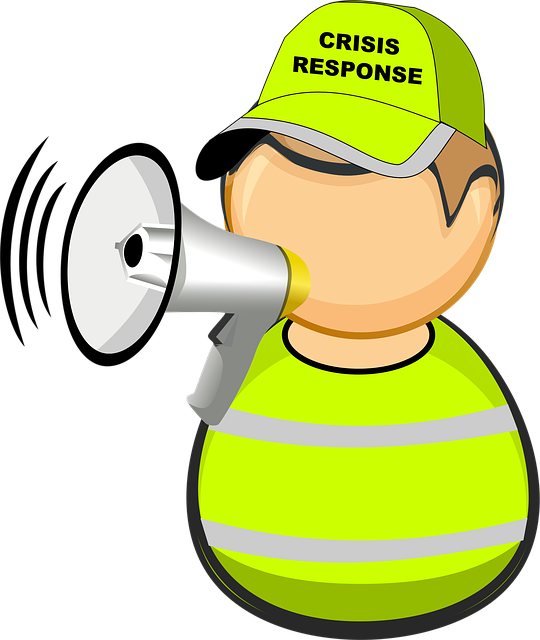
When time is short and an evacuation order looms, protecting your home can feel overwhelming. Yet with a focused plan, you can reduce potential damage and speed your return to normalcy. Based on years of inspecting homes in coastal communities, here are some practical, often-overlooked steps to safeguard your property when you have to leave in a hurry.
1. Prepare a Go Bag First
Before thinking about your house, ensure your family’s safety. Keep an emergency “go bag” stocked with essentials such as important documents, medications, chargers, cash, insurance information, and at least three days’ worth of food and water. Having these items ready to grab saves precious minutes when evacuation orders are issued.
2. Shut Off Utilities Where Possible
Turning off water at the main valve can prevent flooding from burst pipes or leaks while you’re away. If time permits, shut off the gas supply to reduce fire risk. Unplug appliances and electronics to prevent power surges once service is restored.
3. Secure Openings Beyond Just Doors and Windows
Many people remember to lock doors but overlook other entry points. Make sure garage doors are secured from the inside, and brace any weaker exterior doors. If you have storm shutters, close and lock them; if not, at least draw blinds and interior curtains to reduce flying-glass hazards and deter prying eyes.
4. Protect Against Wind and Water Intrusion
Elevate or bring inside patio furniture, potted plants, and lightweight décor—these items can become damaging projectiles in high winds. If you have time, move valuables and electronics to higher shelves or upper floors to minimize water damage.
5. Make Your Property Appear Occupied
A simple but effective deterrent against break-ins is to create the illusion that someone’s still home. Use timers on lights, and leave a vehicle in the driveway if possible.
6. Document the Condition of Your Home
Take photos or video of the interior and exterior before you leave. This evidence can be invaluable for insurance claims if damage occurs.
7. Plan for Pets and Neighbors
Arrange pet transport in advance—don’t assume shelters will accept animals. Also, check on nearby residents who might need extra help evacuating.
Final Thoughts
Quick action during an evacuation doesn’t have to be frantic. With a go bag ready and a prioritized checklist, you can safeguard your property and loved ones. These extra steps—especially the less obvious ones like shutting off water, documenting your home’s condition, and staging your property to look occupied—give your house a much better chance of weathering the storm while you focus on getting to safety.
